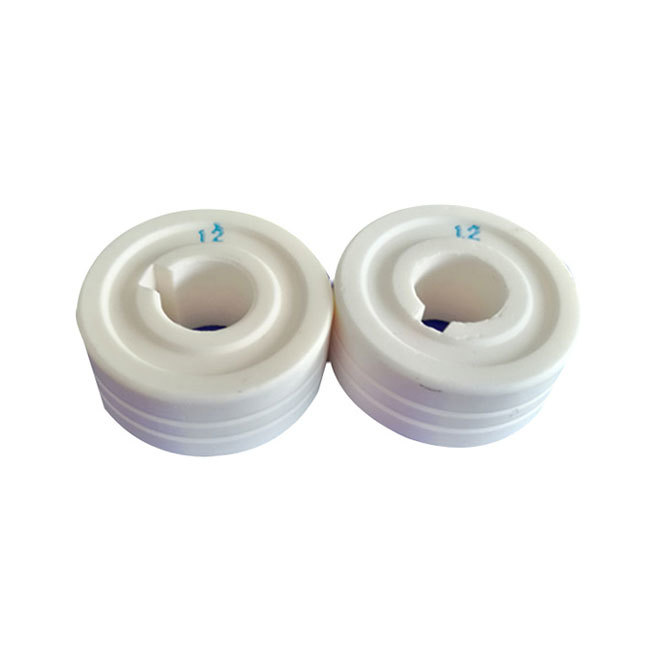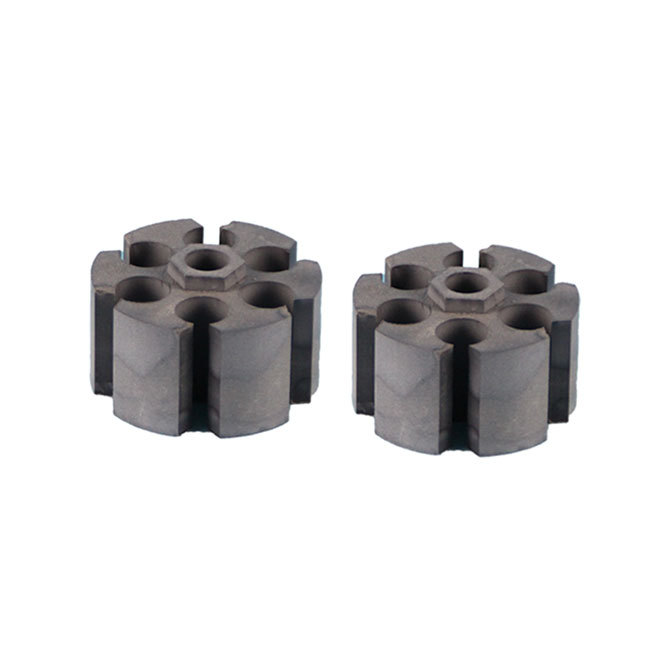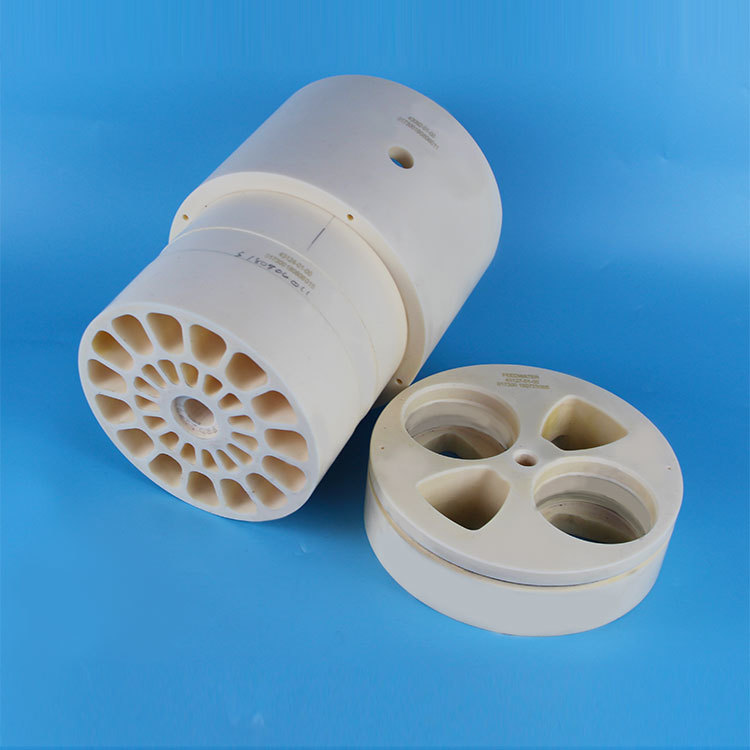







Alumina Ceramic Parts
Alumina ceramics are widely used in a wide range of industrial applications, including automobiles, medical equipment and other diverse equipment parts applications.
keywords:
Aluminum oxide ceramics, silicon nitride ceramics, zirconia ceramics
Category:
Product Details
Alumina ceramics are widely used in a wide range of industrial applications, including automobiles, medical equipment and other diverse equipment parts applications. Introduction to the structure of alumina ceramic parts: Alumina ceramics are also known as precision ceramics, special ceramics, or high-tech ceramics. It is a ceramic with highly selected raw materials and a special manufacturing process that can precisely control its chemical composition and excellent performance. At present, alumina ceramics are mainly used in high-tech and cutting-edge industries, such as microelectronics, nuclear reactors, aerospace, magnetic fluid power generation, artificial bones and artificial joints, etc. In the manufacturing process of alumina ceramics, the following three requirements should be met: 1. The selected raw materials should be of high purity, and the particles should be as fine as possible; 2. Strictly control the chemical composition. During the manufacturing process, it is necessary to prevent the mixing of impurities and the volatilization of the components themselves, and strictly control the particle size, interface, and pores of the sintered parts to achieve stable quality and reproducibility; 3. Precise shape and size. Alumina ceramic parts are generally used directly without processing, especially ceramic electronic devices require higher precision. Alumina ceramics and ordinary ceramics are very different in composition and manufacturing process. Alumina ceramics are mostly manufactured by powder sintering method. The main features of alumina ceramic parts : high melting point, high hardness, can be made into transparent ceramics, non-toxic, insoluble in water, high strength. The main application of alumina ceramic parts: corundum ball mill, lamp tube of high pressure sodium lamp, crucible, faucet valve core. Compared with metals and plastics for anti-corrosion and insulation, structural ceramics have the advantages of high strength, non-flammability, and opacity. Therefore, porcelain can be used in high temperature, strong corrosion, high friction and low natural environment, including: long-term reliability of various chemical properties under high temperature conditions, low friction resistance (especially under heavy load, low lubrication conditions), Low linear expansion coefficient, corrosion resistance, thermal insulation, electrical insulation. The sensor applied to the alumina ceramic circuit board has the performance of anti-corrosion and high temperature resistance, which can improve the stability of the sensor to the current world level. Currently, only alumina ceramic substrates on the market can resist automobile exhaust and maintain stable operation.
Message








